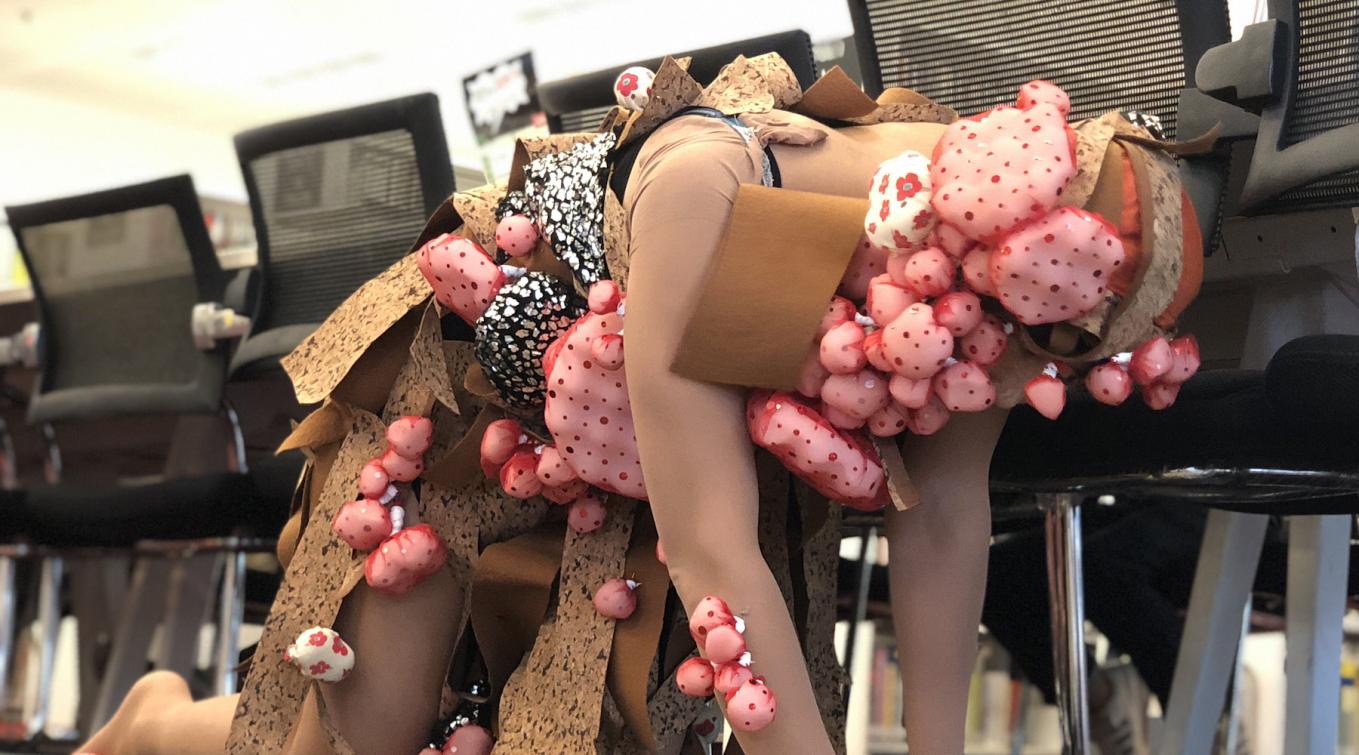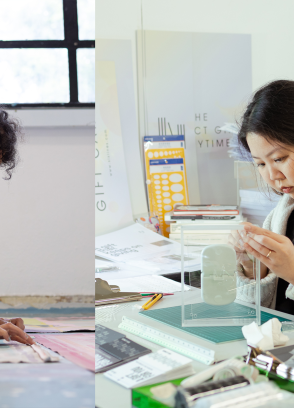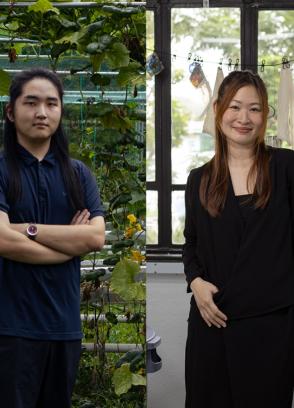01 March 2019
It’s hard enough to remember what it was like being a child, much less imagining the world a child with ACE (Adverse Childhood Experiences) lives in, and if you weren’t unlucky enough to have been a child touched by misfortune, it’s probably impossible.
A recent public exhibition in the LASALLE Library, however, opens that door. The nine installations by final year MA Art Therapy trainees is the thoughtful result of a series of children’s museum visits to the Singapore Art Museum’s Imaginarium. The nine LASALLE installations are not meant for children; they are meant to remind us of children’s vulnerabilities and teach us how children living with adversity see the world.
Please do not consists of a simple sticker that reads ‘PLEASE DO NOT’. How often do children hear this refrain and how does it affect them? One of the first things we tell children when they visit our museums is ‘not to touch’. Children’s museums, on the other hand, cry out “Pull me! Push this button! Turn this wheel! See what happens!” As adults we live in a world of freedom. Try to imagine living in a ‘Do not’ world.
A table, chairs, and place settings for an imaginary family of four constitutes the display Deformation. Approach, and you see it’s not a normal table. The place settings have been deformed, as are children who come from dysfunctional families where meals are not a loving common ground for communion but torture. The beautifully placed menus above each place setting that list “Charred Brussel sprouts with cream, halloumi and a pinch where it hurts most” as the ‘Starter’ and “Chilled blueberry cancer ADHD and autoimmune disease” as ‘Dessert’ remind us that children with ACE are four or more times as likely to develop heart disease and cancer.
Look up and you notice a mosaic tiled wall. But is it really just a wall? Move a bit further away and it seems to hold a hidden image. As you move further back, the subtle outline of a fading child’s face can just be discerned. Is this how some children feel? Invisible? Unnoticed in an overwhelmingly busy and bright world, classroom, or family?
A performance artist dressed in the most outrageous outfit imaginable (mismatched clothing, garish yarn fringe, glitter, shoes on head) moves in and out of a group of normal students in the library quietly trying to join in; some are embarrassed and try to avoid or not look at her. Others just turn their backs. What does this teach us about all children’s need for acknowledgement and love, and how people can react to ‘otherness’ even in children?
The exhibition's brochure helpfully provides the context of the works: “For art therapists, art is both the conduit towards well being and the language of the dis-ease/disease health discourse, be it through private clinical spaces or social action practices. Traces speaks of the intersection between both, aiming to observe and discover therapeutic values of shared spaces such as museums and libraries.”
This article was written by Patricia Bjaaland Welch and first appeared in Passage Magazine. Reproduced here with permission.




